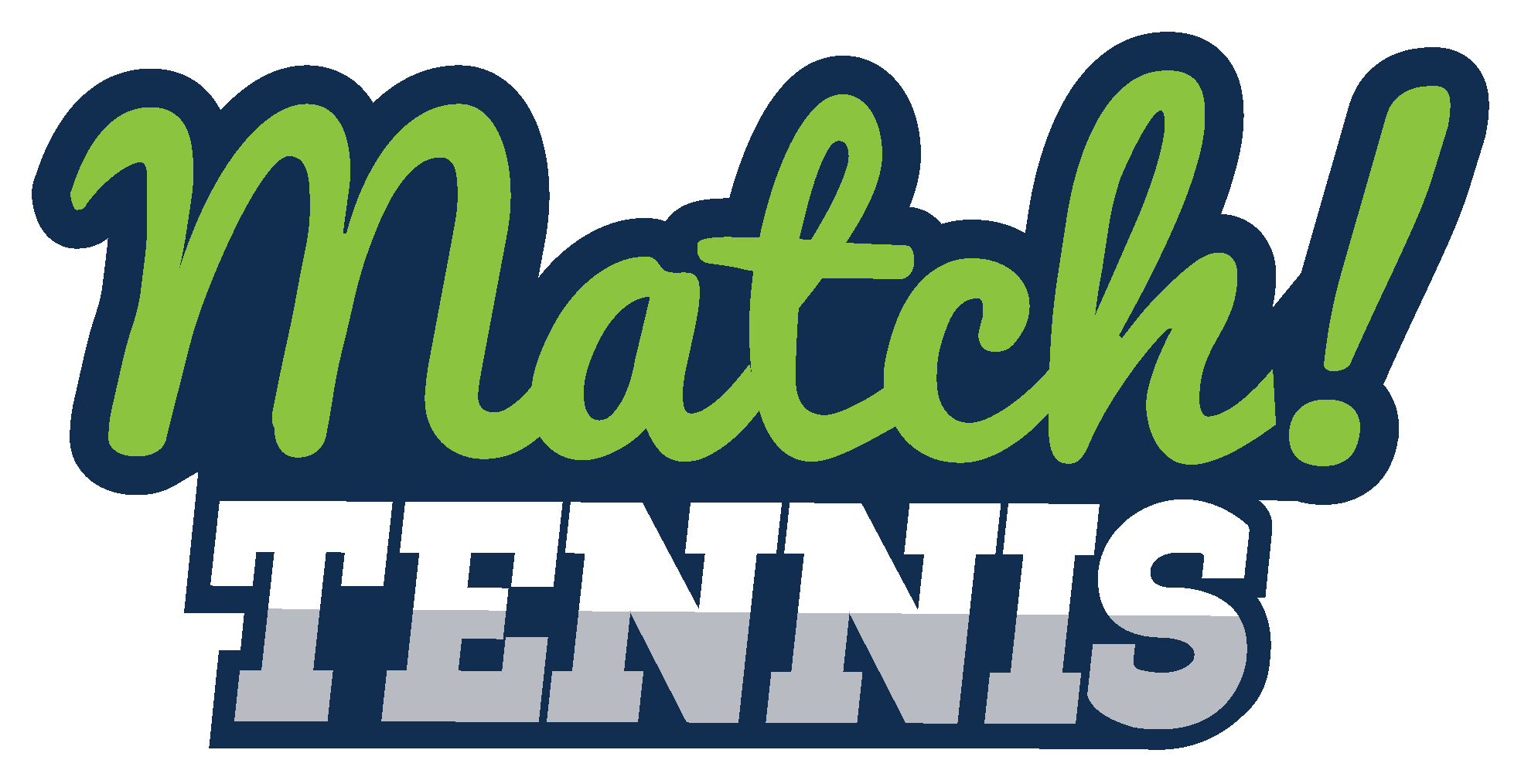Understanding the USTA’s American Development Model (ADM): A Comprehensive Guide for Tennis Parents
As a tennis parent, you want the best for your child’s development in the sport. The United States Tennis Association (USTA) recognizes the importance of providing a framework that promotes long-term athlete development. The USTA’s American Development Model (ADM) is a comprehensive guide designed to assist parents in understanding and supporting their child’s tennis journey. In this article, we will explore the key aspects of the ADM and how it can benefit tennis parents like you.
What is the USTA’s American Development Model (ADM)?
The USTA’s American Development Model is a structured approach to developing young tennis players. It focuses on age-appropriate training and emphasizes physical literacy, skill development, and overall athlete well-being. The ADM recognizes that each child is unique and progresses at their own pace. It provides guidelines for parents and coaches to ensure that children have a positive and enjoyable experience in tennis while maximizing their potential.
The Pillars of the ADM
The ADM is built upon three essential pillars:
- Physical Literacy: The ADM recognizes the importance of developing fundamental movement skills and athleticism in young tennis players. Physical literacy lays the foundation for success in tennis and other sports. It includes activities that enhance agility, balance, coordination, speed, and flexibility. By focusing on physical literacy, the ADM helps children develop a broad base of physical skills that will benefit them throughout their tennis journey.
- Age-Appropriate Training: The ADM emphasizes tailoring training programs to match the developmental stage of each child. It acknowledges that children have different physical, mental, and emotional capacities at different ages. By aligning training with these age-specific characteristics, the ADM ensures that children are engaged, challenged, and motivated to continue their tennis development. Age-appropriate training promotes skill acquisition, enjoyment of the sport, and long-term participation.
- Competition and Performance: The ADM recognizes the importance of appropriate competition for player development. It provides a pathway that gradually introduces players to competition at different levels. The focus is on creating a positive and supportive environment where players can test their skills, learn from their experiences, and grow as competitors. The ADM encourages healthy competition, fair play, and a growth mindset that values effort and improvement over immediate results.
Key Components of the ADM
The ADM consists of various components that work together to support the development of young tennis players:
- Training and Practice: The ADM emphasizes structured training and practice sessions that target specific developmental needs. It provides guidance on training frequency, duration, and intensity based on the child’s age and skill level. The goal is to optimize skill acquisition, physical development, and enjoyment of the training process.
- Competition Pathway: The ADM provides a clear pathway for young players to progress through different levels of competition. It introduces modified formats and age-appropriate rules to enhance the playing experience and ensure fair competition. The pathway encourages players to gradually challenge themselves and transition to higher levels of competition as they develop their skills and confidence.
- Coach Education: The ADM places great importance on coach education and development. It provides resources, training programs, and certification courses to ensure that coaches are equipped with the knowledge and skills to deliver age-appropriate training, create positive learning environments, and support the holistic development of young tennis players.
- Parent Education and Involvement: The ADM recognizes the vital role parents play in their child’s tennis journey. It provides educational resources and workshops to help parents understand the developmental process, navigate competition pathways, and support their child’s physical and emotional well-being. The ADM encourages parents to be positive role models, promote a love for the sport, and foster a supportive and balanced approach to their child’s tennis participation.
Benefits of the ADM for Tennis Parents
- Optimized Development: The ADM’s age-appropriate approach ensures that children receive training and competition experiences that are aligned with their physical, mental, and emotional capabilities. This optimized development pathway promotes skill acquisition, confidence building, and long-term participation in tennis.
- Holistic Growth: The ADM recognizes the importance of the overall well-being of young tennis players. It promotes a balanced approach that takes into account physical development, mental resilience, and emotional well-being. By supporting the holistic growth of their child, tennis parents can help cultivate life skills such as discipline, perseverance, sportsmanship, and teamwork.
- Structured Pathway: The ADM provides a clear and structured pathway for young players to progress in their tennis journey. It offers a roadmap that helps parents understand the different stages of development and the appropriate steps to take along the way. This structured pathway gives parents confidence in supporting their child’s tennis aspirations.
- Informed Decision-Making: The ADM equips tennis parents with valuable knowledge about age-appropriate training, competition formats, and the importance of physical literacy. This information allows parents to make informed decisions about their child’s tennis participation, including selecting appropriate programs, coaches, and competition opportunities.
- Positive Tennis Environment: The ADM fosters a positive and inclusive tennis environment where children can develop their skills, build friendships, and experience the joy of the sport. It promotes fair play, respect for opponents, and a focus on personal improvement. Tennis parents can take pride in being part of a community that values the holistic development and well-being of young players.
Conclusion
The USTA’s American Development Model (ADM) is a valuable resource for tennis parents who want to support their child’s tennis journey effectively. By understanding the pillars, key components, and benefits of the ADM, parents can provide the necessary guidance, encouragement, and support to help their child thrive in the sport. The ADM’s focus on physical literacy, age-appropriate training, and holistic development sets a strong foundation for a lifelong love of tennis and overall personal growth. Embrace the ADM and embark on an exciting tennis adventure with your child today!
Source: USTA’s American Development Model (ADM) Framework PDF
